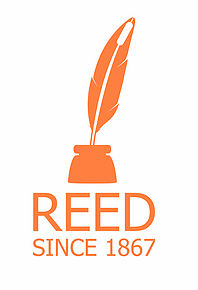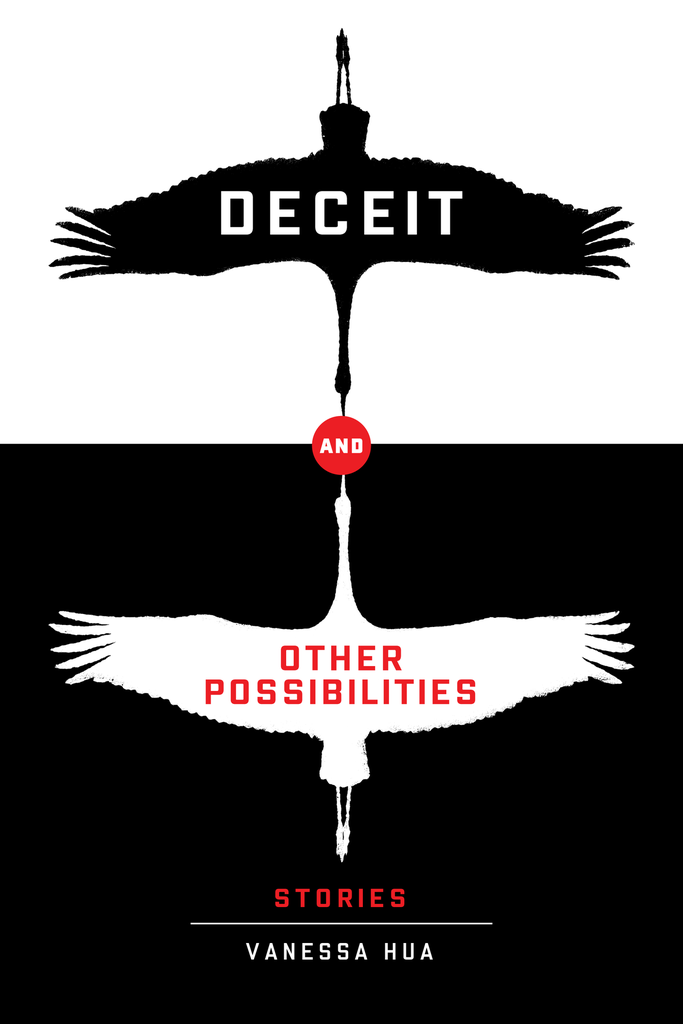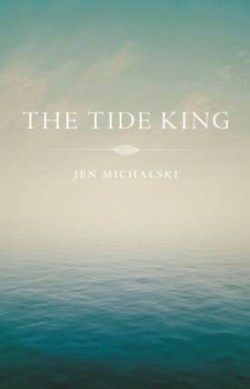 Reed is one of the oldest student publications west of the Mississippi, and each generation of editors has reinvented its vision. Take its name as an example. Although the magazine has been housed at San Jose State University since its beginning, the evolution of its name gives us a glimpse into its storied history. When SJSU was the California State Normal School, focused on training teachers, its literary magazine was known by the very staid name Norma Pennant. Just as fountain pens were gaining popularity in 1920s, its editors defiantly renamed the journal The Quill. In the 1930s, it became the vaguely Spanish-sounding El Portal. By the ’40s, the magazine was renamed The Reed, and by the time the ’80s rolled around, students had simplified the name to its current iteration.
Reed is one of the oldest student publications west of the Mississippi, and each generation of editors has reinvented its vision. Take its name as an example. Although the magazine has been housed at San Jose State University since its beginning, the evolution of its name gives us a glimpse into its storied history. When SJSU was the California State Normal School, focused on training teachers, its literary magazine was known by the very staid name Norma Pennant. Just as fountain pens were gaining popularity in 1920s, its editors defiantly renamed the journal The Quill. In the 1930s, it became the vaguely Spanish-sounding El Portal. By the ’40s, the magazine was renamed The Reed, and by the time the ’80s rolled around, students had simplified the name to its current iteration.
While a Reed by any name would smell as sweet, the magazine’s current moniker gives us insight into its mission. The name is derived from a quote by Blaise Pascal, the scientist and inventor who, like the magazine, reinvented himself throughout his life:
Man is but a reed, the most feeble thing in nature; but he is a thinking reed. The entire universe need not arm itself to crush him. All our dignity consists in thought. By it we elevate ourselves, and not by space and time which we can never fill.
Through all of its incarnations, Reed has given students the opportunity to showcase the work of thoughtful voices. Early in its history, only students of the university could submit work, but Reed now accepts fiction, non-fiction, and art from all over the world. While the stories, poetry, interviews, essays, and artwork contained within its pages today are international, the undergraduate and graduate students who make up Reed’s editorial board are decidedly part of their community. That community includes not only SJSU’s campus but also Silicon Valley and the entire Bay Area. As Managing Editor Sara Totten explains:
We live in an area that is fortunate to experience many different cultures and perspectives. That’s the beauty of Reed: as a magazine we evolve and represent at any given time a range of cultures, ages, and places. Each one of our editors brings their unique view to the table and to the selection process, giving us a wonderful range of works in each issue.
The works in Reed certainly do range widely, from Ursula K. Le Guin’s “Alien’s Tale” to “Homage to Charles M. Schultz,” a poem by SJSU student Evelyn A. So. There is always art on the cover and oftentimes within its pages, as well as interviews with distinguished literary figures like Isabel Allende and George Saunders. Frequently, Reed includes work by the recipients of two prizes: the Edwin Markham Prize in Poetry and the John Steinbeck Award for Fiction. Both awards are co-sponsored by Reed and San Jose State University (the Steinbeck Award is also sponsored by the National Steinbeck Center, housed in Steinbeck’s hometown of Salinas, California, not too far from the Center for Steinbeck Studies on the SJSU campus).
As Managing Editor, Sara Totten in part sets the editorial tone of the magazine, but she is quick to point out that it’s the combination of editorial voices that makes the magazine so strong. Sara generously shared her unique view on Reed with Fiction Writers Review via email:
What is the role of Reed in today’s literary community, be it for readers or writers?
I struggle to give Reed a hard and fast role in today’s literary community. I feel like I don’t want to put my label on the magazine. Each year a new staff gets to reinvent the life of Reed. And by that point Reed gets to evolve with the literary world and the people in it. I want all the staffs of Reed in the future to make each issue their own and reflect their eclectic tastes at that time. I feel that readers and writers will be able to continue to look to Reed to connect with people. To me that’s what literature and art [are] about. It doesn’t matter if it’s fiction, non-fiction, art, or poetry: we come to the arts to make us feel something.
How do you see Reed’s mission and tastes evolving in the next two years? Will the rise of digital publishing impact the magazine?
I believe the mission of Reed will continue to be to put out the very best journal that we can, and that the taste of the material within those covers will change with every person who walks into that staff room and puts their mark on it. The magazine will continue to make itself more accessible and rise with the era of digital publishing. Currently, we have groups of staff members working on how we want to go about creating a digital issue, and possibly a tablet version in the future. We’re also making steps toward making our archive available digitally, which will allow our readership and readers to see where the magazine came from. It will also allow writers and family of writers to look up a work that was published by a beloved relative way back when, if they so desire.
If you could put three items in a time capsule (or USB drive) to be opened in 1,000 years that would provide a snapshot of Reed’s aesthetic today, what would they be?
Not to take liberties with the question, but three items aren’t going to do it. Reed has taken it upon itself to put together a literary magazine that includes not just the written word, but art also. If we wanted to [en]capsulate a representation of our aesthetic today it would have to include the two contest winners (yet to be announced), the non-fiction editorial staff’s favorite non-fiction piece, and the cover art of this year’s issue.
What album is playing on theReed‘s stereo these days?
We have members from different countries and different parts of the country. Everyone listens to something different, and I think that these are the things that make us wonderful, that we’re so different working together. As for me I have recently discovered an Australian singer named Kimbra and have been listening to her for the last few weeks.
If you can’t wait to see how a mononymous singer from New Zealand is inspiring the editorial choices of a long-established California literary institution, then make sure to click over to www.reedmag.org and subscribe. The next issue of Reed launches in May.
And writers and artists: start preparing your work for consideration now, because submissions to Reed are accepted between June 1 and November 1 this year for the 2013 issue. The submission process is electronic, and guidelines are found at Reed‘s website. Or, if you think your writing is prize-worthy, consider submitting your work to one of Reed’s two contests. Winners receive $1,000 and a copy of the issue their piece appears in. This year’s esteemed contest judges are 1994 Man Booker Prize winner James Kelman (for the John Steinbeck Award for Fiction) and 2000 National Book Award finalist Kim Addonizio (for the Edwin Markham Prize for Poetry).
As a special bonus to Fiction Writers Review readers like you, Reed is giving away three free subscriptions including their next issue! If you’d like to be eligible for this week’s drawing (and all future ones), please visit our Twitter Page and “follow” us.
For those of you already in the FWR Twitter family, you know our presence there exists in part to inform followers of what’s happening here on the site, as well as to update the community on literary trends, worthwhile links, etc. We couldn’t be happier to see this role expand in a way that allows us to put journals we love in the hands of readers who will love them too.





